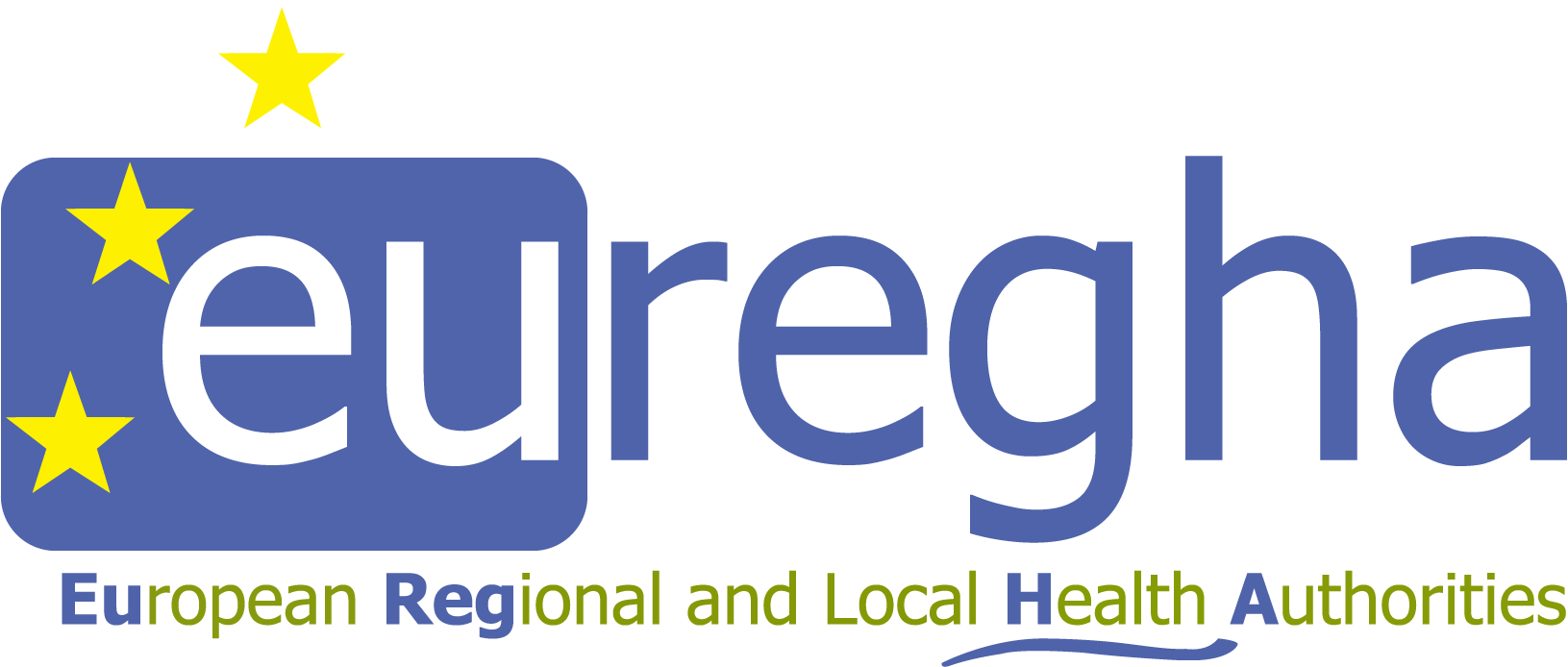Cohesion policy is the main European investment policy to achieve the EU treaty objective of economic, social and territorial cohesion. Therefore, within the Multiannual financial period 2021-2027, enough resources should be allocated to ensure, among others, investments in health prevention and promotion, health care and health infrastructures.
Regions and cities are close to the citizens and best placed to understand their health needs, challenges, and the potential workable solutions. Investments in health innovation must go hand in hand with interventions on human capital, and this integration is best made at territorial level.
When defining health policies at the EU, national and regional levels, there should be the willingness to overcome the silos approach and ensure the development of more integrated solutions. In order to achieve this, organisational and financial coherence is paramount:
- Investments at the regional level through ESIF in the health sector would benefit most of the acquired knowledge of good practices collected in actions co-funded under the Health Programmes and Horizon 2020. At the same time successful projects funded by ERDF and ESF could be scaled up at EU level. Further dissemination of the portal of good and best practices of the Health Programme could help in maximising efficiency of investments through ESIF at the regional level and support policy makers looking for transferring and upscaling these practices. The inclusion of the Health Programme in the EFS plus regulation will certainly help in improving synergies and the alignment of investments and the same coherence should be ensured with ERDF.
- The smart specialisation strategies represent an important instrument for coordinating different policies and funds at the regional level and should be further leveraged at international level. The new instrument of interregional investments for innovation should be flexible and easy to use in order to accelerate the way to market of pan-European value chains. Two European smart specialisation platforms on industrial modernisation are dedicated to Medical technology and Personalised medicine; it is crucial to investigate the opportunity to launch a platform dedicated to the health systems reform, which should work on ensuring process innovation and capability of the system to absorber innovative solutions. This platform could serve as a catalyst to improve the dialogue between policy makers of the health sector and the regional sector, through the involvement of regional key health stakeholders (including patients, health care providers, health insurance and the industry).
- The EU funding instruments, in line with European Semester recommendations should further support health system reform and capacity building. Cohesion policy should be better coordinated with other EU policies, in particular it should sustain broader institutional reforms suggested by the European semester cycle. To this extent, in order to have a coherent use of ESI funds it is crucial to ensure strong multilevel institutional cooperation to align the ESI Funds Operational Programmes (OPs) and projects for long-term planning policies. The European semester process should then involve regional authorities so that the requirement related to the Semester are respondent to and coherent with territorial needs and opportunities. Fostering an environment of cooperation with local and regional stakeholders would, indeed, help to further tackle the health inequalities that persist in Europe.
Background information:
The EU Health Coalition was created after the first ever EU Health Summit, which took place in November 2018, in order to promote a shared vision of health in Europe, based on jointly developed recommendations. The purpose is to ensure health remains high on Europe’s political agenda and bring the necessary changes to address the unprecedented challenges and opportunities driven by an ageing population and the increased prevalence of chronic diseases that healthcare systems and citizens across Europe are facing. The EU Health Coalition is composed of patient organisations, EU research-oriented medical societies, industry organisations, regional and local health authorities and other relevant stakeholders that share a common vision for health. More info can be found here.



